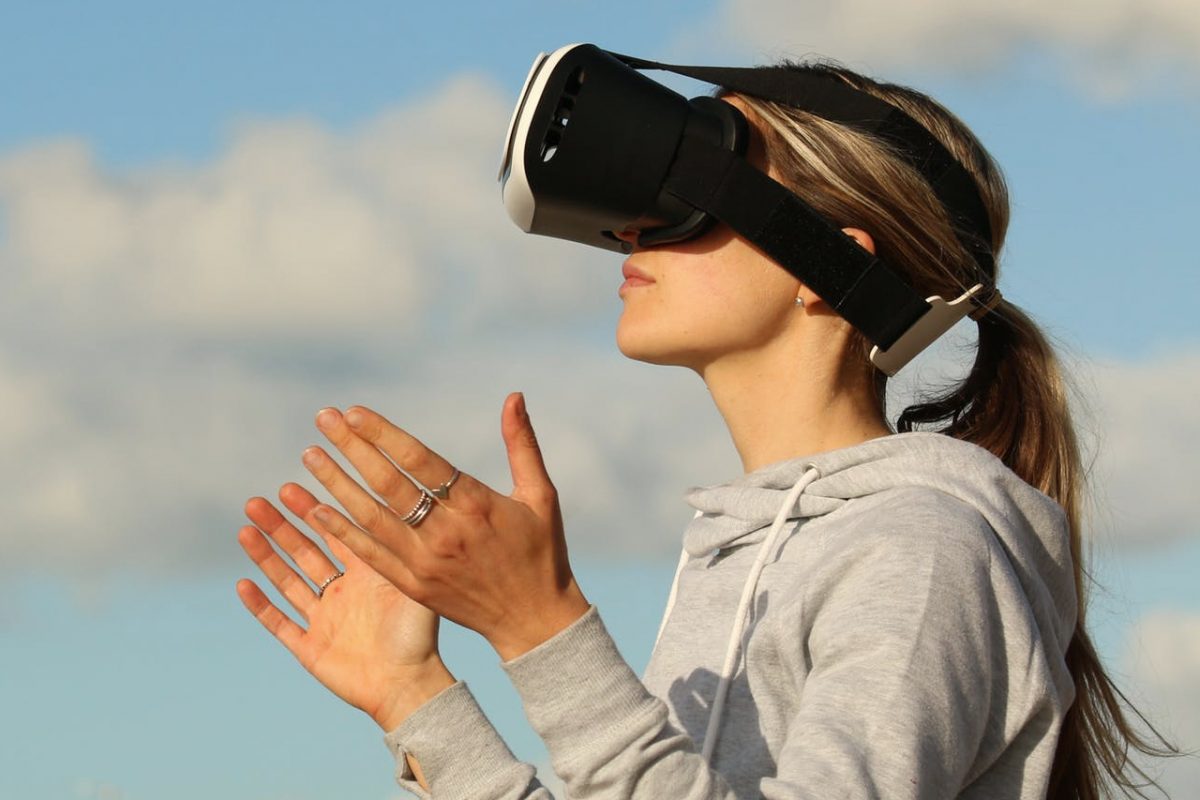For a long time, the phenomenon of interaction with virtual environments has suffered with a focus on the hardware and increasingly impressive headsets receiving rave reviews. But this year seems to have marked the point at which immersive technology began the crossover to the mainstream.
A slew of statistics seem to confirm this, with the global retail market for VR technology predicted to hit $16.3 billion by 2022, up from $1.8billion as recently as 2016, according to data specialists Statista.
Fortune magazine estimates this growth in the market place could see revenues hitting $150 billion globally by 2020, while research undertaken by investment research analysts Piper Jaffray, predicted the number of VR headsets sold by 2025 will hit 500 million.
Growing acceptance and opportunity
A part of this optimism for the growth of Immersive Technology hinges on the sheer number of uses to which it can be put, as its capabilities become appreciated by more industries.
Already it’s making a definite mark in areas such as training employees to work in difficult or dangerous environments and offering up-market shopping treats such as the Audi VR Experience – the chance to ‘try before you buy’ without leaving the comfort of your home.
It’s easy to foresee a near-future in which tourists take a virtual stroll around the hotel before booking a trip and high school pupils don VR headsets to take a tour of the Battle of the Somme or a look around the Great Wall of China.
One of the other issues which has appeared to hinder the wider acceptance of VR technology has been the number of users who report they have suffered a form of motion sickness when interacting with the technology.
The use of the term ‘motion sickness’ is something of a misnomer of course, since the point of an immersive experience is that the motion involved is largely simulated, although a lot of walking is possible in our new 500m2 innovation centre in Derby.
But whatever it’s called, this ‘cyber-nausea’ is a genuine phenomenon, with some estimates claiming that between 40% and 70% of users start to feel uncomfortable within 15 minutes of donning a headset.
There are various theories relating to why only some people are affected in this manner and why women seem to suffer more than men (although the same is true of ‘real world’ motion sickness).
There have also been cures suggested which range from eating ginger to putting your feet in a bowl of iced water, but none are particularly conducive to an immersive VR experience.
Technology is the issue and the solution
Scientists are beginning to examine technological fixes to the problem of cyber-nausea and the majority of these are based upon the fact that the sickness itself is probably the brain’s way of reacting to the difference between what the eyes are telling it and what the rest of the brain knows to be true.
One of the aspects of VR that helps underline this difference is its lack of reality. Any lag in the movements made by the wearer and the results as seen in the VR environment for example, can cause problems.
The same is true of the basic building blocks used to create this visual environment. A VR headset is ‘creating’ the world the wearer is looking at each and every time they move their heads, or even shift their glance.
There is no roller coaster and there are no sharks outside the virtual cage, so everything has to be created from scratch to perfectly match what the wearer is intended to see. Any breakdown in this process – if the images change too slowly like a badly made flip book or the film in a malfunctioning projector – will set off alarm bells in the brain of the user.
The good news is that a frame rate of 90 frames per second, in which the images in front of the wearer are changing and updating 90 times every single second – seems to be high enough to create a sense of reality which curbs the tendency toward motion sickness.
To give you an idea of frame rates, film is almost universally projected at 24 frames per second and television at about 25, so 90 requires a huge amount of computer processing power – another reason why VR is only really hitting its stride now, as the cost of that power reduces.
Some people may always be impacted of course, just as some people will always be sea sick, but a frame rate which reproduces reality as smoothly as possible seems to go a long way toward eliminating the vast majority of this cyber-nausea.
We always produce outputs and use hardware capable of projecting at or above 90 frames per second, so when you engage MXTreality, you really will believe you’re controlling traffic on a busy motorway or discovering fires in your office. And we have heart rate evidence to support our bold claim!

